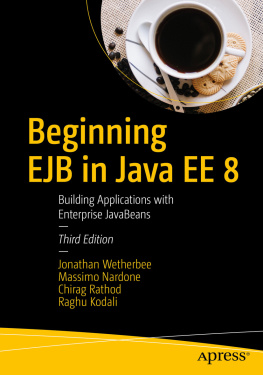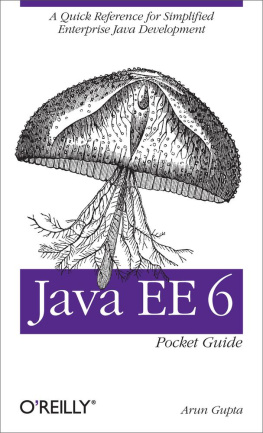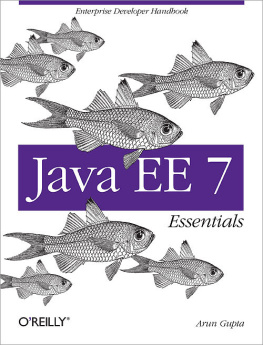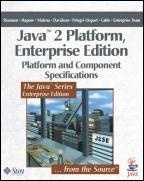Note
Safari Books Online (www.safaribooksonline.com) is an on-demand digital library that delivers expert content in both book and video form from the worlds leading authors in technology and business.
Technology professionals, software developers, web designers, and business and creative professionals use Safari Books Online as their primary resource for research, problem solving, learning, and certification training.
Safari Books Online offers a range of product mixes and pricing programs for organizations, government agencies, and individuals. Subscribers have access to thousands of books, training videos, and prepublication manuscripts in one fully searchable database from publishers like OReilly Media, Prentice Hall Professional, Addison-Wesley Professional, Microsoft Press, Sams, Que, Peachpit Press, Focal Press, Cisco Press, John Wiley & Sons, Syngress, Morgan Kaufmann, IBM Redbooks, Packt, Adobe Press, FT Press, Apress, Manning, New Riders, McGraw-Hill, Jones & Bartlett, Course Technology, and dozens more. For more information about Safari Books Online, please visit us online.
How to Contact Us
Please address comments and questions concerning this book to the publisher:
| OReilly Media, Inc. |
| 1005 Gravenstein Highway North |
| Sebastopol, CA 95472 |
| 800-998-9938 (in the United States or Canada) |
| 707-829-0515 (international or local) |
| 707-829-0104 (fax) |
We have a web page for this book, where we list errata, examples, and any additional information. You can access this page at http://oreil.ly/javaEE6-pocketguide.
To comment or ask technical questions about this book, send email to .
For more information about our books, courses, conferences, and news, see our website at http://www.oreilly.com.
Find us on Facebook: http://facebook.com/oreilly
Follow us on Twitter: http://twitter.com/oreillymedia
Watch us on YouTube: http://www.youtube.com/oreillymedia
Acknowledgments
This book was not possible without support from a multitude of people.
First and foremost, many thanks to OReilly for trusting in me and providing an opportunity to write this book. Their team provided excellent support throughout the editing, reviewing, proofreading, and publishing process.
At OReilly, Michael Loukides helped me with bootstrapping the book. Meghan Blanchette provided excellent editorial help throughout all the stages, helping with interim reviews, providing feedback on styling, arranging technical reviews, and connecting me with the rest of the team when required. Jessica Hosman helped me in getting started and guided the authoring process.
Emily Quill and Kristen Borg helped with copyediting and making sure to provide the finishing touches. And thanks to the rest of the O'Reilly team with whom I did not interact directly, but were helping in many other ways.
The detailed proofreading and technical review by Markus Eisele (@myfear, http://blog.eisele.net), John Yeary (@jyeary, http://javaevangelist.blogspot.com), and Bert Ertman (@BertErtman, http://bertertman.wordpress.com) ensured that the relevant content was covered accurately. Their vast experience and knowledge showed in the depth of their comments.
I am grateful for the numerous discussions with developers around the world that helped me understand the technology better. Thanks to my colleagues at Oracle and the JSR specification leads for explaining the intended use cases of different technologies. And thanks to everybody else in my life, who provided much-needed breaks from book writing.
Chapter 1. Java Platform, Enterprise Edition
Introduction
The Java Platform, Enterprise Edition (Java EE) provides a standards-based platform for developing web and enterprise applications. These applications are typically designed as multitier applications, with a frontend tier consisting of web frameworks, a middle tier providing security and transactions, and a backend tier providing connectivity to a database or a legacy system. The Java EE platform defines APIs for different components in each tier, and also provides some additional services such as naming, injection, and resource management that span across the platform. Each component is defined in a separate specification that also describes the API, javadocs, and expected behavior.
The Java Platform, Enterprise Edition 6 (Java EE 6) was released in December 2009 and provides a simple, easy-to-use, and complete stack for building such applications. The previous version of the platform, Java EE 5, took the first step in providing a simplified developer experience. The Java EE 6 platform further improves upon the developer productivity features and also adds a lot more functionality.

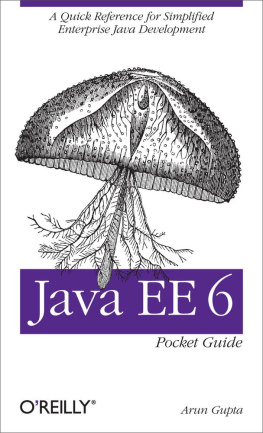

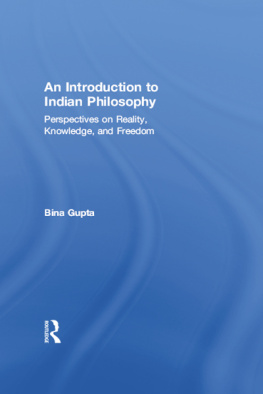


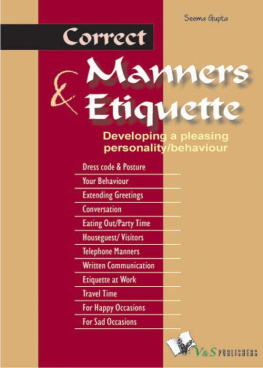

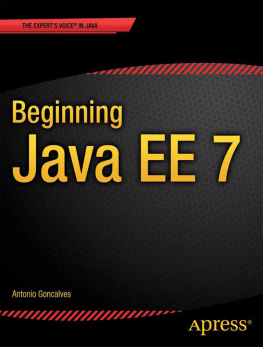
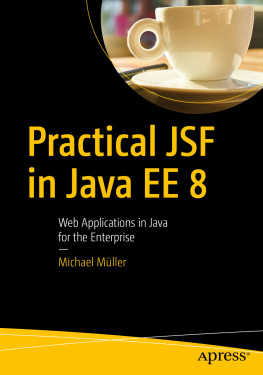
![Michael Müller [Michael Müller] - Practical JSF in Java EE 8 : Web Applications ​in Java for the Enterprise](/uploads/posts/book/124065/thumbs/michael-mg-ller-michael-mg-ller-practical.jpg)

